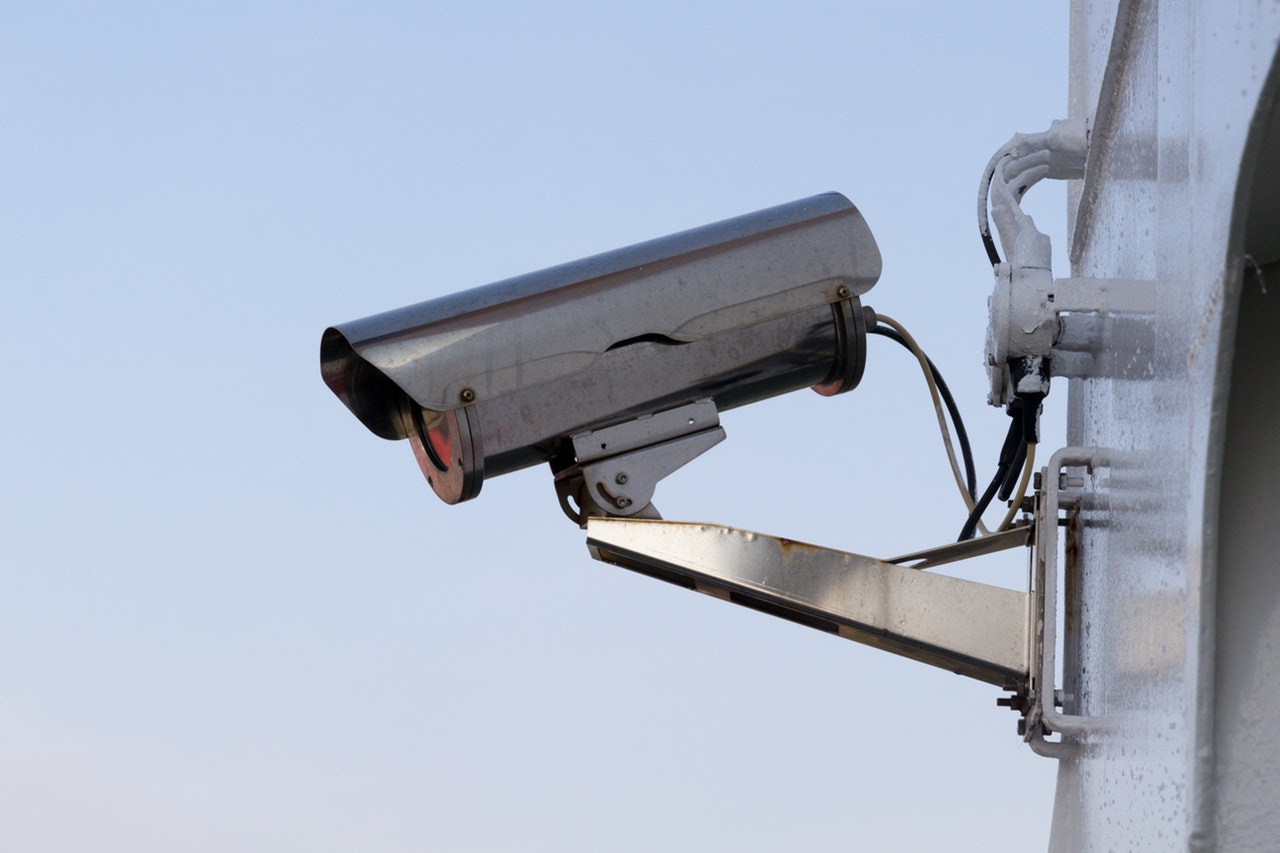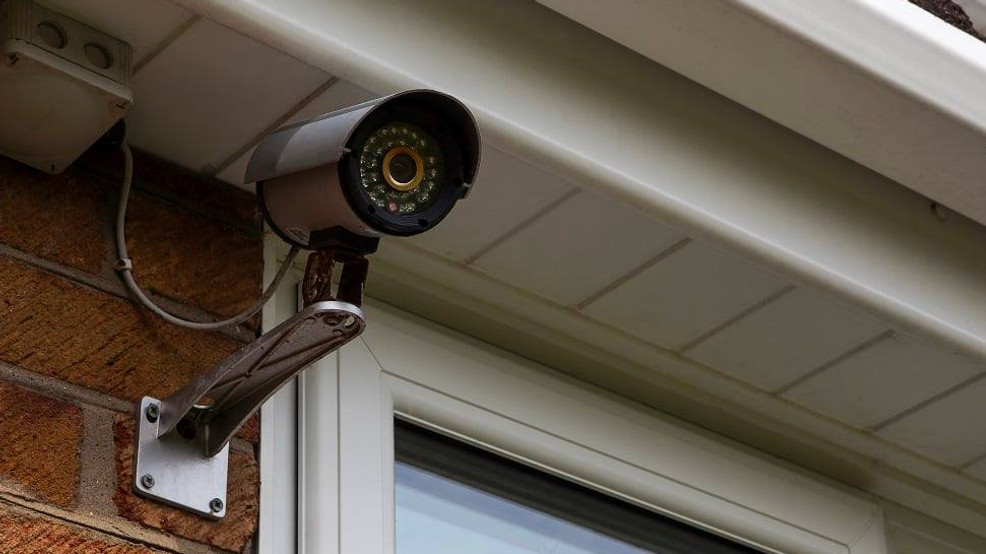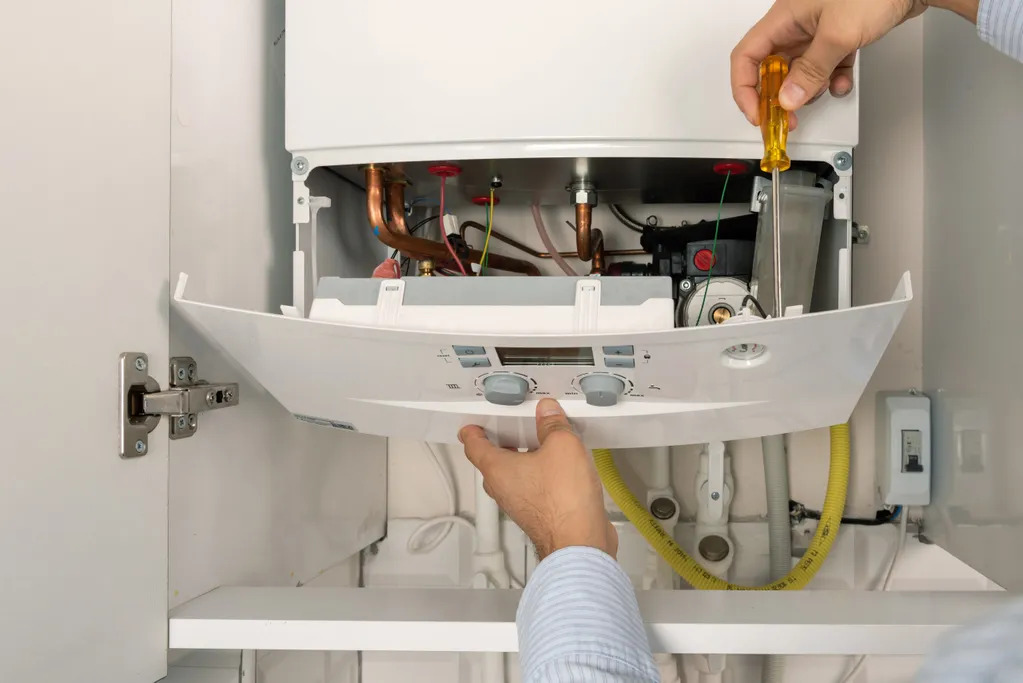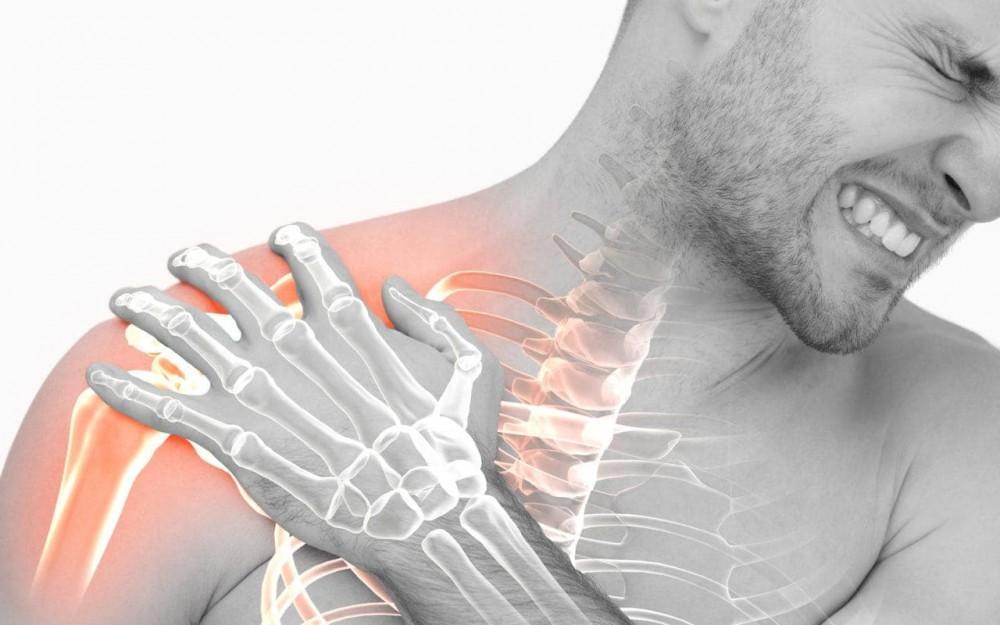Trees near power lines can pose significant risks to safety, property, and even electrical infrastructure. When a tree grows too close to power lines, it can cause power outages, damage equipment, or even create dangerous fire hazards. Removing a tree in such a location requires careful planning and execution, as it involves both tree cutting and working near electrical hazards. This process should never be taken lightly. Here’s a comprehensive guide on how to safely remove a tree near power lines.
1. Evaluate the Situation and Identify the Risks
Before any work begins, a thorough evaluation of the situation is crucial. Assess how close the tree is to the power lines and the potential risks it poses. Trees can lean toward power lines, or branches can grow directly into them. If the tree is near a power line, it’s essential to recognize that cutting it down may require a different approach compared to standard tree removal.
Take note of the following:
- The height and width of the tree
- The type of power lines (high-voltage lines pose more danger)
- The condition of the tree (is it healthy, or is it already leaning?)
2. Contact Your Utility Company
One of the first steps in safely removing a tree near power lines is to contact your local utility company. Utility companies often have specific protocols for handling tree removal in close proximity to power lines. They may even send a professional team to trim or remove the tree to ensure that it’s done safely, minimizing the risk of electrocution or damage.
In many cases, the utility company will shut off the power to the lines near the tree temporarily, ensuring that no electrical current is flowing through the lines while the work is taking place. Do not attempt to remove or trim the tree near power lines without first consulting with the utility company.
3. Hire a Professional Arborist
Due to the complexity and risks involved with tree removal near power lines, it is strongly recommended to hire a professional arborist. Arborists are trained and experienced in handling hazardous tree removal, especially in environments where power lines are present. They have the proper tools and safety equipment to work near electrical hazards safely.
A certified arborist will evaluate the tree and determine the safest and most efficient method for removal. They will also ensure that the process complies with local safety standards and regulations.
4. Ensure Proper Equipment is Used
When it comes to tree removal near power lines, using the right equipment is crucial for safety. Arborists or tree removal companies should always have the proper personal protective equipment (PPE), such as:
- Insulated Tools: These are designed to prevent electrocution if they come into contact with power lines.
- Climbing Gear: High-quality harnesses, ropes, and climbing gear are essential for ensuring safe work at heights.
- Chainsaws and Cutters: Arborists should use high-performance equipment designed to safely cut through tree trunks and branches, especially when close to power lines.
If you attempt the removal yourself (which is not advised), make sure you have the appropriate gear to reduce the risk of electrical shock or injury.
5. Follow the Right Tree Cutting Process
Removing a tree near power lines is a delicate operation. If an arborist is hired, they will follow specific steps to ensure that the tree is safely felled. The process will typically include:
- Cutting the branches first: This prevents them from falling directly onto power lines or causing damage. Trimming the tree before cutting it down helps to manage the direction in which it falls.
- Climbing and roping: In some cases, the arborist may need to climb the tree and carefully rope sections down to prevent them from coming in contact with power lines.
- Controlled felling: If the tree is large, it may be cut in sections to control where each piece falls. This step ensures that the trunk doesn’t make contact with the lines or cause a hazardous situation.
6. Monitor the Site During and After Removal
Once the tree is safely removed, continuous monitoring is essential to ensure the site remains safe. The following should be checked:
- Electrical equipment: Ensure that power lines have not been damaged during the removal process.
- Ground safety: The area should be cleared of fallen branches or debris that could pose a tripping hazard or interfere with power lines.
Additionally, once the tree is removed, be sure that the stump and roots are properly dealt with, either by grinding the stump or digging it out. Roots left near power lines can continue to pose a risk if they grow toward the lines in the future.
7. Stay Clear of Fallen Branches and Debris
While tree removal is in progress, always maintain a safe distance from the area. Fallen branches, limbs, or tree trunks can still pose a danger even after the tree is down, particularly if they come into contact with power lines. It’s also important to keep children and pets away from the site until the area is completely cleared.
8. Review Local Regulations and Permits
Before proceeding with any tree removal near power lines, be sure to review local laws and regulations. Some municipalities require permits for tree removal, particularly if the tree is on public land or is located near essential infrastructure like power lines. Your arborist or tree removal company can assist with this process to ensure that all legalities are met.
Final Considerations
Removing a tree near power lines should never be done without proper safety measures and planning. Always consult with professionals and utility companies before taking any steps toward removal. While it might be tempting to tackle the problem on your own, the risks associated with working near electricity far outweigh any potential cost savings.
By following the correct procedures and engaging professionals, you can ensure that the tree removal process is completed safely and without incident, preserving both your property and the electrical infrastructure in the surrounding area.















